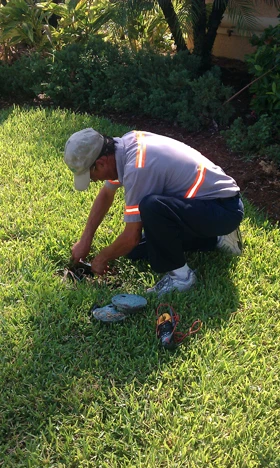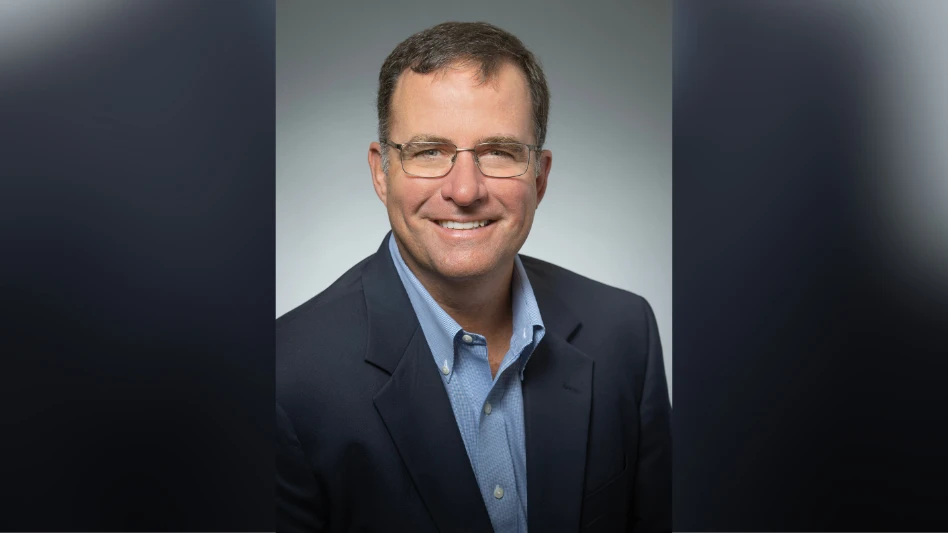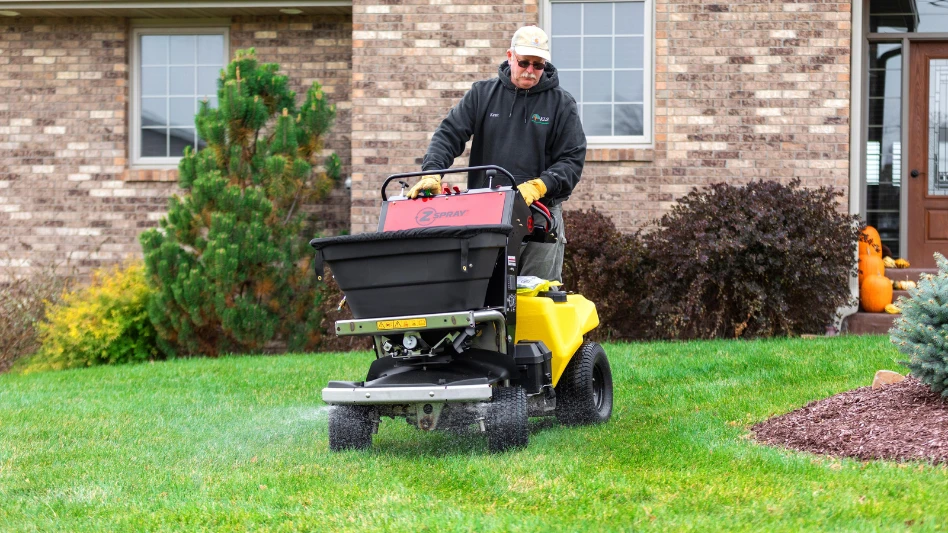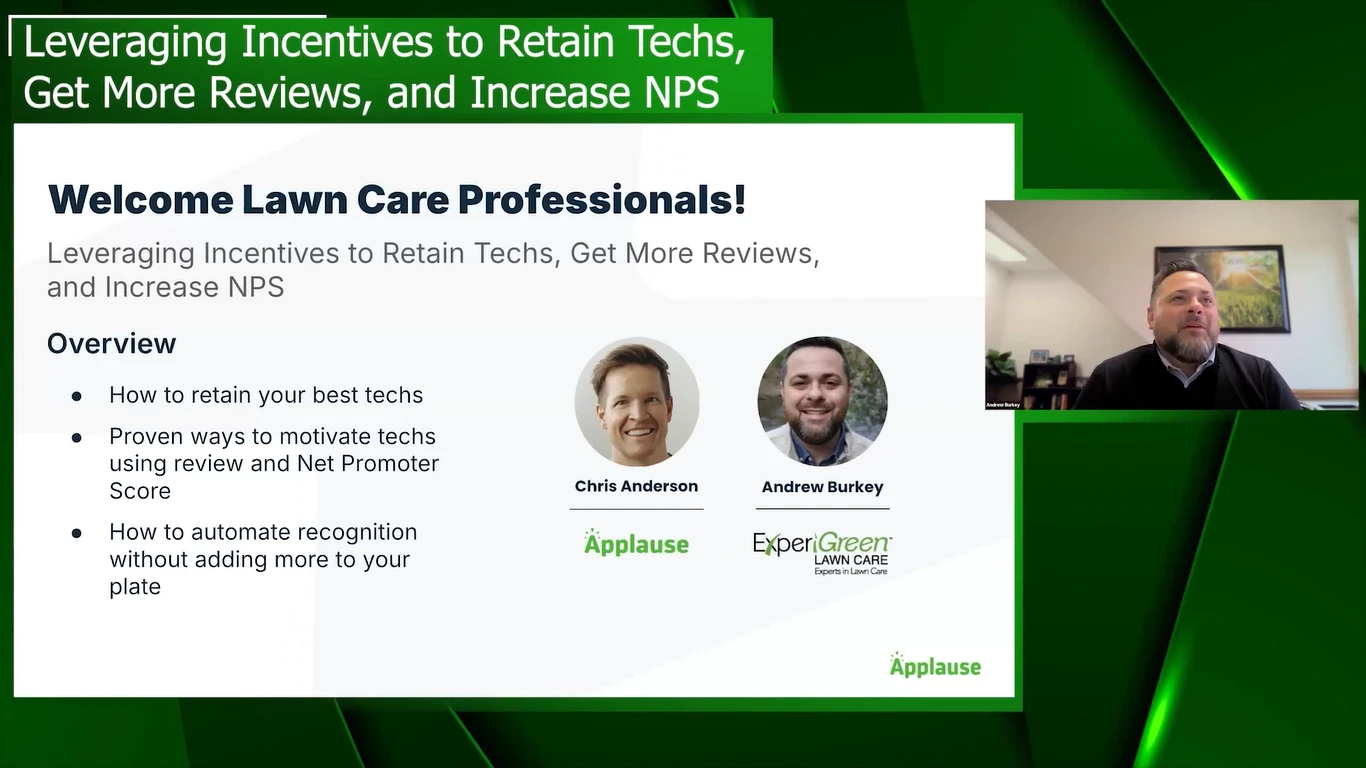
Two brothers started Mainscape as a college project. Today it's a $40 million company. There's an equation that's helped it expand to eight states and nearly 600 employees.
“We’ve always taken a very science-based approach to our landscape maintenance and water management programs,” says Jeff Snyder, director of irrigation & water management. “Along with that, we also rely on the latest technology to help enforce that approach.”
The Fishers, Ind.-headquartered company specializes in agronomy, horticulture and irrigation management. And the latter, especially, has continued to evolve and adapt to the changing needs of the industry. With the addition of a central control monitoring service to the company’s water management offering, Mainscape is poised for even more growth.
Adding central control
When Mainscape added central control monitoring to its water management offerings in the fall of 2011, the company had already become quite familiar with the technology, says Snyder, who is based in Florida. “We’ve had clients that we’ve been working with for a while that were already either having somebody else do the central monitoring or we were doing it by subbing it out,” he says. “It got to the point where it just made sense to bring it in house.” .jpg) Snyder
Snyder
The primary benefit of making central control monitoring an internal process was the opportunities it afforded the company. “Mainly it was our ability to respond more rapidly to issues that were coming up,” Snyder says. “We have a central control manager who now reviews each site on a daily basis and reports what is happening. It gives us the ability to not only respond more quickly but to provide a higher level of service. We are able to view all activities of the irrigation system from online.”
With just the push of a button, Mainscape can now be notified of broken heads or zones that didn’t run as scheduled. That allows a technician to be dispatched for a repair before the next regularly scheduled irrigation event. “We no longer have to wait for the client to tell us there’s something wrong,” Snyder says. “We know immediately and can take care of it much faster.”
Clients are much happier as a result. With problems fixed quickly and systems running optimally, the performance of the landscapes Mainscape maintains has improved dramatically. “Having the system not only set up correctly but functioning at its best is really important,” Snyder says. “We’ve seen the positive impact it makes on a landscape.”
The water management aspect is also quite important as this precious resource becomes scarcer, Snyder says.
“Most central control systems have on-site weather stations or are linked to weather stations that will make automatic adjustments to zone run times and perhaps run days,” he says. “These adjustments are calculated based on default information loaded into the system such as soil type and its ability to receive and hold water. Precipitation rates, plant types, slope and even shade percentage can be entered into most systems to dial in the irrigation demand and allow the system to match that need. It’s very science-based. This high level of water management can save a huge amount of water and money for a client.”
It also simplifies the process. “Where central control makes most sense is larger properties with multiple controllers throughout the property,” says Snyder. “When you have a site with dozens of these controllers and attempt to make setting changes such as seasonal adjustments, it can become quite cumbersome. With a central control environment it’s just one click that applies to everything.”
Snyder says that the data central control produces has had the added benefit of helping the horticultural side of the business as well. “We can pull data up after a rain event and see just how much rainfall we had,” he says. “A lot of our work is in Florida, and you can have rainfall that is two inches on one side of town and only a quarter inch on the other side. But instead of relying on the weather report, we can get that exact data from the system. Then we can make a decision whether we might want to hold our mowers off a day or two since the ground will be saturated.”
With all of these benefits, selling the use of this system hasn’t been a huge challenge. Mainscape works with quite a few large communities that are developer-driven and Snyder says that it’s been a fantastic upsell for that base.
“If a new home comes online, we are now able to make changes to the system from central control instead of sending a tech out every time,” Snyder says. “The homeowner can get on the phone with our central control manager and we can operate the system remotely while we talk to them. It gives homeowners peace of mind that it’s being dealt with right away. The developers we’ve worked with have found that to be worth the cost. They’re used to dealing with large numbers, but when it comes to adding central control to their irrigation package, it’s not an enormous investment for what you get in return. We’re able to offer service at the highest level and have found developers are very pleased with those results. It allows for a much smoother turnover when the developer eventually turns things over to the homeowners association and that makes everyone happy.”
A learning curve
Snyder says that when the company first began to adopt the technology there was some discussion over the learning curve. But he says that much of the crew had already been exposed to this technology – even if not first-hand. Since the company already took a science-based approach, most employees are comfortable with technology. “It certainly helps that Eduardo Colon, our central control manager, already had a strong computer background,” Snyder says. “He has been a leader and helped the rest of the staff.”  Colon
Colon
But Snyder says that even field personnel for the most part were already dealing with remote technology – it was just an outside vendor performing the services. “There was certainly a bit of a learning curve as we brought more properties online and started managing them all through one system, but our manufacturer really supported us in making that transition smooth,” he says. “And in reality, it’s easier than the way we used to do things. We are now able to apply the technology we were already using for each property at just one computer, through one system, rather than multiple satellites. We’re ultimately able to manage the system at a higher level.”
Colon adds that there are quite a few benefits of this type of system. “We are able to run tests on zones and then pass that information along easily,” he explains. “I also appreciate being able to communicate with the computer remotely. I can get a phone call that a main line is broken and then log in and shut down the pumps with just a few clicks. Once the crew makes the repair, I can turn the system back on and have it running again. I can always turn the system on and off from a remote site as long as I have a computer with Internet access. I can even make critical changes to the system from any location.”
The power of this technology can seem intimidating to some, but Snyder urges fellow irrigation contractors not to be afraid. He says that this technology is the way of the future and it only makes sense to embrace it now. “My biggest piece of advice is not to be so afraid of the technology,” he says. “Most systems have back-up. There are default settings so that if you make a mistake, it’s not like you’ve wiped out the entire system. The back-up prevents you from making any major mistakes. I’ve also found that there is a lot of support available at both the manufacturer and distributor level – as well as consulting-based help – so you don’t have to be totally on your own. And it’s not as difficult as it seems from the outside.”
This is one of three stories that appeared in Lawn & Landscape’s Water Works e-newsletter. To continue reading:
Selling upgrades: Educating the client can close the deal when it comes to renovating irrigation systems.
Close connection: Mainscape’s detail to communication allows the $40 million company to feel small to clients.
Latest from Lawn & Landscape
- Spray them away
- PERC helps debut propane direct-injection fuel system at ACT Expo 2025
- Retargeting Ads – A Secret Weapon for Growing Your Lawn Care Business
- Leading a growing company
- Project EverGreen launches Clean Air Calculator
- Rain Bird acquires smart lawn care company OtO from Toronto
- PBI-Gordon names Marvin as VP of research and development
- Mean Green rolls out Vanquish Autonomous mower





